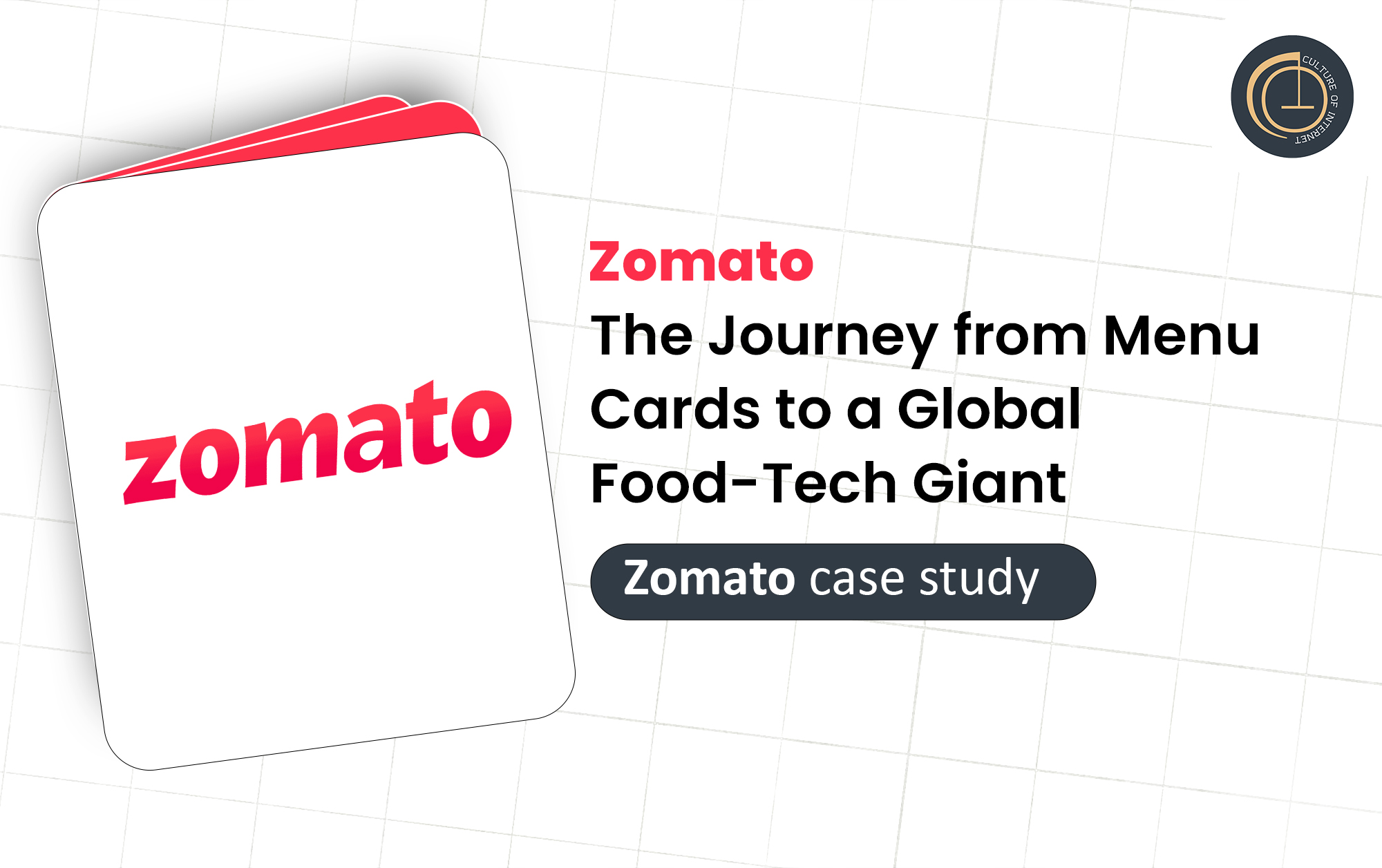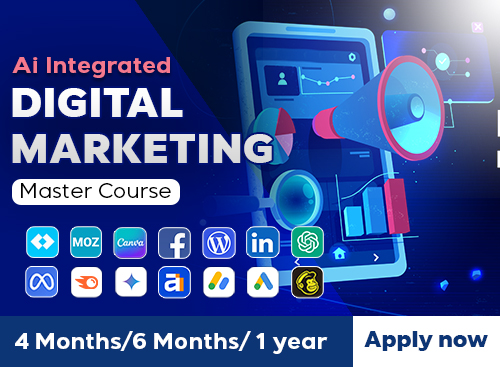Zomato: Company Overview
Let’s take a deep dive into how Zomato was born, how it grew, what keeps it ticking, and how it changed the way we eat—forever.
The Origin Story: It All Started with Menus:
Back in 2008, Deepinder Goyal and Pankaj Chaddah were just regular office employees at Bain & Company in Delhi. The duo noticed a problem: every lunch hour, people would line up to check out a stack of paper menus to decide what to order. That simple observation gave birth to an idea.
Originally launched as "Foodiebay", the platform aimed to digitize menus and make them accessible online. It was a small step, but it solved a very real problem. In 2010, Foodiebay was rebranded to Zomato, a catchier name with global appeal—and the rest, as they say, is history.
The Growth Phase: From Local to Global:
From 2010 to 2015, Zomato aggressively expanded. It started in Delhi NCR but quickly moved into other Indian metros like Mumbai, Bengaluru, and Kolkata. But what truly set Zomato apart was its global ambition.
Between 2012 and 2015, Zomato expanded to over 20 countries including the UAE, UK, Philippines, South Africa, and New Zealand through acquisitions and partnerships.
-
Urbanspoon (USA)
-
Cibando (Italy)
-
Lunchtime (Czech Republic)
-
MenuMania (New Zealand)
Some notable acquisitions included:
This made Zomato one of the few Indian startups to successfully venture into international markets.
Business Model: More Than Just Delivery:
Zomato operates a multi-faceted business model that goes far beyond food delivery.
Restaurant Listings & Reviews
This is Zomato’s bread and butter—digitized menus, contact details, customer reviews, and ratings. It’s the Yelp of India and arguably more influential.
Food Delivery
The delivery segment took off around 2015 to compete with players like Swiggy. It connected users with partner restaurants and delivery executives.
Zomato Gold / Pro / Pro+
A subscription-based model offering discounts on food and drinks at partner restaurants. It built loyalty and increased user retention.
Zomato Hyperpure
A B2B platform that supplies fresh ingredients to restaurants, allowing Zomato to integrate vertically and ensure food quality.
Cloud Kitchens
Zomato has also invested in cloud kitchen models to enable delivery-only brands, reducing dependency on physical restaurants.
Challenges Faced: The Not-So-Tasty Bites:
Zomato’s journey hasn’t been all biryani and brownies. The company faced multiple challenges over the years.
Fierce Competition
Swiggy, Dunzo, and Uber Eats (before Zomato acquired its India operations) fought tooth and nail for market share. Margins were razor thin.
Profitability Woes
Push notifications like “Paneer butter masala is waiting for you” or “Your cheat day wants attention” speak directly to the user's cravings.
Delivery Partner Protests
There were strikes over pay cuts, long hours, and safety issues. Zomato had to work on improving the gig experience.
International Retreat
While the global expansion was aggressive, sustaining those markets proved hard. Zomato exited multiple regions including the U.S., UK, and parts of Europe.
IPO Scrutiny
When Zomato went public in July 2021, it faced mixed reactions. Critics questioned its profitability while others praised its scale.
Turning Points: Acquisitions & IPO:
-
One of Zomato’s smartest moves was acquiring Uber Eats India in 2020, gaining a larger customer base and eliminating a major competitor.
-
Then came the historic IPO in July 2021. Zomato became the first Indian food-tech company to go public. The IPO was oversubscribed 38 times and raised ₹9,375 crore. It was a defining moment for India’s startup ecosystem.
Tech & Data: The Secret Sauce:
Zomato isn’t just a food app-it’s a data company. Every search, every review, every delivery route is optimized using deep analytics.
-
AI/ML for recommendations
-
Predictive delivery ETAs
-
User behavior segmentation
-
Restaurant performance insights
These tools help Zomato not only improve customer experience but also offer value to restaurants and advertisers.
Zomato and Sustainability:
Zomato has started taking steps toward sustainability:
-
No Cutlery by Default: Users can opt-out of plastic cutlery during delivery.
-
Climate Conscious Delivery: Initiative to reduce carbon footprint.
-
Feeding India: A non-profit arm aimed at reducing hunger and food waste across India.
This gives Zomato a moral edge in a socially-conscious world.
Zomato vs Swiggy: The Great Food War:
-
While both players dominate Indian food delivery, they’ve taken slightly different route.
-
The rivalry has driven innovation but also massive discounts, hurting overall profitability. However, it has benefited consumers in a big way.
Stats & Numbers (As of 2025)
-
Monthly Active Users: 80+ million
-
Restaurants Listed: Over 3 lakh in India
-
Cities Covered: 1,000+ Indian cities
-
Deliveries Per Day: 1.8 million+
-
Revenue FY24: ₹9,500+ crore
-
Net Profit (First Time): Achieved in FY24 with ₹36 crore
Zomato finally turned profitable, which is a huge milestone and a vote of confidence in its business model.
What’s Next: The Future of Zomato:
The future looks promising for Zomato, with a focus on:
-
10-minute food delivery (Zomato Instant)
-
Expanding Hyperpure to more cities
-
Investing in new-age food brands
-
Possible international comeback
-
AI-powered personalization
Zomato is also exploring drone deliveries and deeper restaurant integrations using generative AI.
Conclusion: More Than Just an App:
Zomato is no longer just about food. It’s a reflection of changing urban lifestyles, digital convenience, and tech-driven hunger solutions. From menus to IPO, from losses to profit, it has seen the full spectrum of startup life and for the average user, it’s still about one thing: getting great food, fast and easy.
Whether you're a college student looking for cheap eats, a busy professional needing lunch on the go, or a foodie hunting for the next best dish Zomato has become a part of India’s daily life.
As it keeps innovating, pivoting, and growing - one thing’s for sure: India is hungry, and Zomato is here to feed that hunger.
Explore Our Comprehensive Marketing Strategy Course
Join our in-depth course to master Zomato India's marketing strategies, learn from expert case studies, and gain actionable insights to apply in your own business or career.









